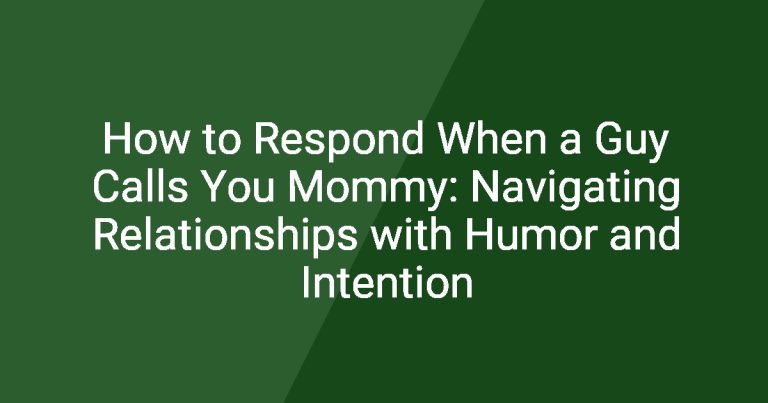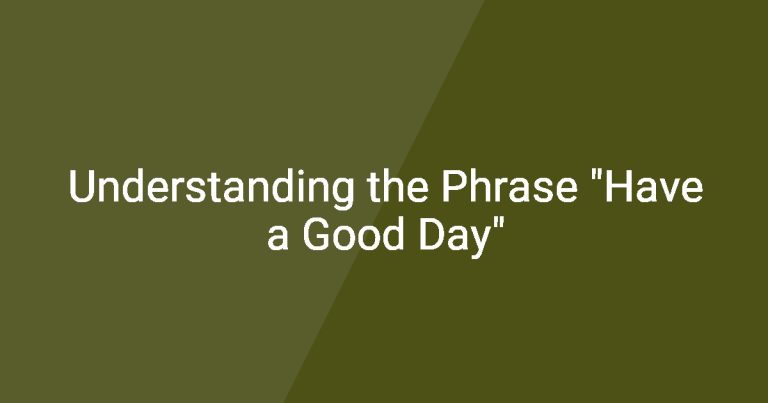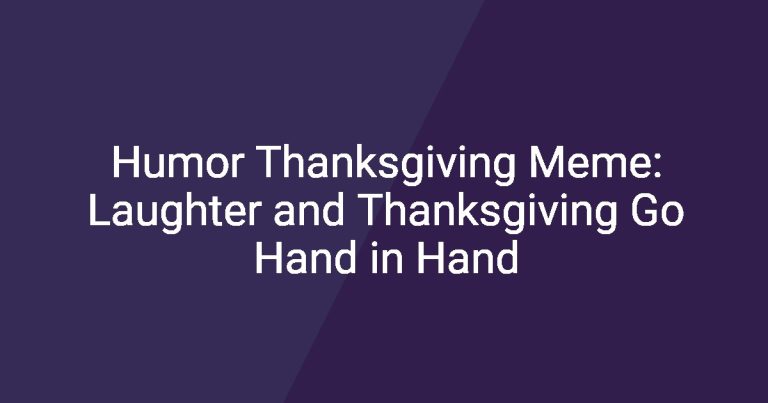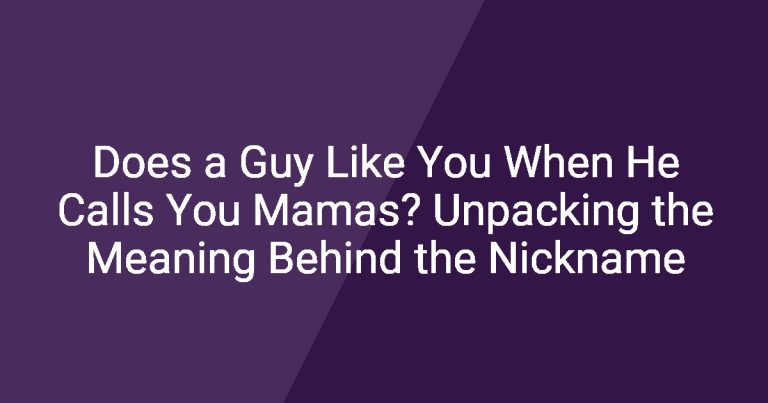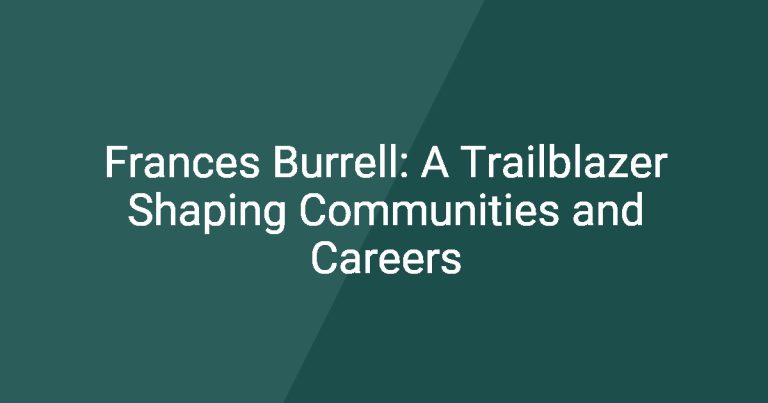In the realm of professional communication, responding thoughtfully to greetings is crucial in establishing and maintaining relationships. One such common phrase that often graces the beginning of emails or messages is “Hope you are doing well.” This simple yet meaningful sentiment serves as a gateway into your correspondence, making it essential to address it properly. Crafting a formal reply to hope you are doing well not only reflects your professionalism but also demonstrates respect for the sender’s concern.
This article aims to guide you through the various components necessary for formulating a formal response. By understanding the context, elements of a reply, and common pitfalls to avoid, you can enhance your communication skills and foster stronger professional relationships.
Understanding the Context
Situations Requiring a Formal Reply
There are various scenarios where a formal reply is warranted, including:
– **Professional emails**: When interacting with colleagues or superiors, it’s important to maintain a level of professionalism.
– **Business correspondence**: In any business situation, your responses should reflect courtesy and professionalism.
– **Networking opportunities**: Establishing connections in your field often requires polite interaction, including responding to greetings.
– **Follow-up communications**: Whether you’re checking in on a previous conversation or following up on a business matter, a respectful reply is essential.
Tone and Relationship Dynamics
Understanding the tone of your communication is vital to fostering a positive atmosphere. You should assess the relationship you have with the sender—whether they are a colleague, superior, or client. While it’s essential to maintain professionalism, infusing a hint of personable warmth can strengthen your relationship. This balance will enable you to respond genuinely without compromising your formal tone.
Elements of a Formal Reply
Acknowledgment of the Greeting
When responding, the first element involves acknowledging the sender’s well-wishes. Recognizing their sentiment is vital in keeping the conversation warm and engaging. Here are some effective ways to acknowledge greetings:
– “Thank you for your kind words.”
– “I appreciate your message.”
By starting your response with such phrases, you demonstrate that you value their concern.
Current State or Update
Sharing a brief personal or professional update can enrich your reply. This can include:
– Positive work developments—great opportunities, projects, or achievements.
– General well-being updates, ensuring they are professional and succinct.
For instance, you might say, “I recently completed a successful project,” or simply, “I’m doing well, thank you for asking.”
Closing Remarks
Closing your reply effectively is as important as starting it. You might want to offer further communication or reiterate appreciation. Examples may include:
– “Feel free to reach out anytime.”
– “Thank you once again for your thoughtful note.”
Finish your reply with a proper sign-off tailored to your relationship with the sender.
Sample Formal Replies
Basic Acknowledgment
A straightforward response could be:
“Thank you for your kind message. I hope you are also doing well.”
Providing an Update
Alternatively, provide an update with your acknowledgment:
“Thank you for your kind words. I am doing well, and I recently started a new project at work. I hope all is well with you too.”
Expressing Intent to Connect
You may want to express your desire to connect further:
“Thank you for your thoughtful message. I appreciate it. I would love to catch up soon. Hope all is well on your end!”
Common Mistakes to Avoid
Being Too Casual
It’s important to maintain professionalism in formal replies. Avoid overly casual language, which could undermine your credibility.
Oversharing Personal Details
When providing updates, keep your information brief and relevant to the context. Details about your personal life that do not relate directly to your work may lead to a perception of unprofessionalism.
Ignoring the Greeting
Neglecting to respond to the greeting can appear dismissive or rude. Always take the time to address the sender’s well wishes, as this lays the foundation for a respectful dialogue.
Tips for Crafting Your Response
Personalizing Your Reply
Tailor your responses to fit the nature of your relationship with the sender. Personal touches can create a more engaging and pleasant atmosphere.
Keeping it Brief and Focused
Value clarity and conciseness in your replies. Avoid unnecessary jargon or lengthy explanations that may dilute the message.
Using Professional Language
Maintain proper grammar, punctuation, and tone throughout your communication. This not only reflects professionalism but also ensures that your message is clearly understood.
The Importance of Structure
An organized reply will greatly enhance readability. Here is a suggested format for your formal replies:
| Section | Content |
|---|---|
| Greeting | “Hi [Name],” or “Dear [Name],” |
| Acknowledgment | “Thank you for your kind message.” |
| State or Update | “I am doing well; I’ve recently started…” |
| Closing Remarks | “Looking forward to hearing back from you.” |
| Sign-off | “Best regards,” |
Frequently Asked Questions
1. How can I make my response more personable?
By incorporating elements unique to your relationship with the sender, such as referencing previous conversations or shared experiences.
2. What if I don’t have much to update?
A simple acknowledgment expressing appreciation for their message suffices, such as, “Thank you for your kind wishes; I hope you are doing well too.”
3. What’s the best way to deal with formal communication?
Strive for a respectful tone, clear structure, and a balance between professionalism and warmth.
4. How often should I follow up?
It usually depends on the context, but if the conversation is ongoing, following up within a week is appropriate.
5. Can I use emojis in formal replies?
Emojis are generally not appropriate in formal communication, as they can detract from professionalism.
6. How do I handle replies to different types of relationships?
Adjust your tone and content based on the relationship, being more formal with superiors and more personable with close colleagues.
7. What about cultural considerations?
Be aware that styles of greeting and response can vary by culture; consider this when crafting your reply.
8. Should I always include a response to the well-wishes?
Yes, acknowledging the sender’s sentiment is critical for maintaining a courteous tone.
9. How long should my reply be?
Aim for 3 to 5 sentences; this keeps your response concise yet informative.
10. Is it necessary to respond if I am too busy?
If you receive a greeting, it’s still courteous to respond, even if briefly, to maintain the relationship.
By following these guidelines, you can confidently craft a formal reply to hope you are doing well that is both professional and engaging, setting the stage for meaningful interactions.
